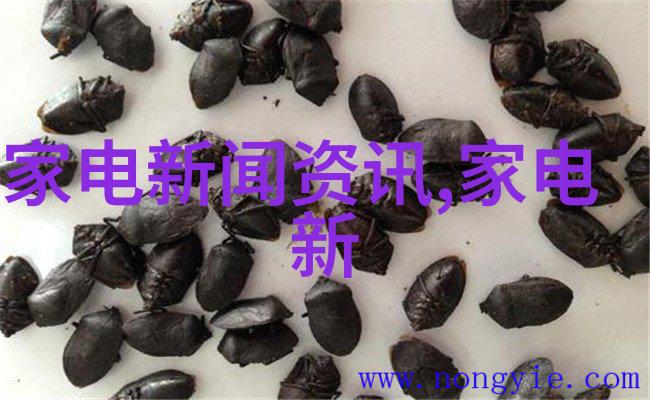在现代工业中,冷却塔作为一个重要的设备,其作用是通过散热来降低流体温度。其中,bac闭式冷却塔填料扮演着至关重要的角色,它不仅能够提高冷却效率,还能降低能耗。在这篇文章中,我们将探讨bac闭式冷却塔填料技术的发展历程,以及它如何影响了工业生产。

首先,让我们来了解一下什么是bac闭式冷卻tower 填充物品。这种填料通常由多种材料组成,如塑料、金属丝网等,它们具有良好的热传导性能和较高的空气动力学性能。当水或其他液体通过这些填料时,由于表面的扩散和对流作用,可以有效地将热量从液体转移到空气中,从而实现温度控制。
历史回顾

backed by a wealth of historical data, it is clear that the development of bac closed cooling tower fillings has been a gradual process. The first cooling towers were built in the early 20th century, and they used stone or brick as their primary material. However, these materials had limitations - they were heavy, expensive to transport and install, and they did not provide adequate heat transfer.
The turning point came with the introduction of plastic materials in the mid-20th century. Plastic coolants offered several advantages over traditional materials - they were lighter, cheaper to produce and install, and provided better heat transfer rates. This led to a rapid increase in the use of plastic coolants in industrial applications.

However, even plastic coolants had their limitations. They could be brittle and prone to cracking under certain conditions, which could reduce their effectiveness over time. It was not until the introduction of metal mesh coolants that significant improvements were made.
Metal mesh coolants are made from thin wires woven together into a matrix-like structure. This design provides excellent heat transfer rates while also being resistant to damage from weathering or mechanical stress. Metal mesh coolants quickly became popular for use in industrial cooling towers due to their durability and high performance.

Modern Developments
In recent years there have been further advancements in coolant technology through advances in computer simulations and modeling techniques. These tools allow engineers to optimize coolant designs based on specific application requirements such as temperature range or flow rate constraints.

One such example is using computational fluid dynamics (CFD) software which allows engineers simulate fluid flow around different types of fillings before actually building them.
By comparing results between various filling configurations engineers can select optimal one for desired level efficiency while keeping costs low.
Another advancement comes from nanotechnology where researchers developed new types nanoparticles that enhance thermal conductivity allowing more efficient removal heat energy during water circulation through tower's core area.
Conclusion
In conclusion ,the development history behind bac closed cooling tower fillings shows how far we've come since our early beginnings with simple stone bricks .From plastics & metals meshes we now have cutting-edge technologies like CFD & Nanoparticles helping us achieve better performance at lower costs .
With ongoing innovations expected soon ,it will continue driving down operating costs , increasing efficiency levels across industries worldwide .



